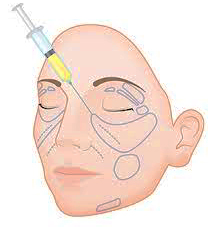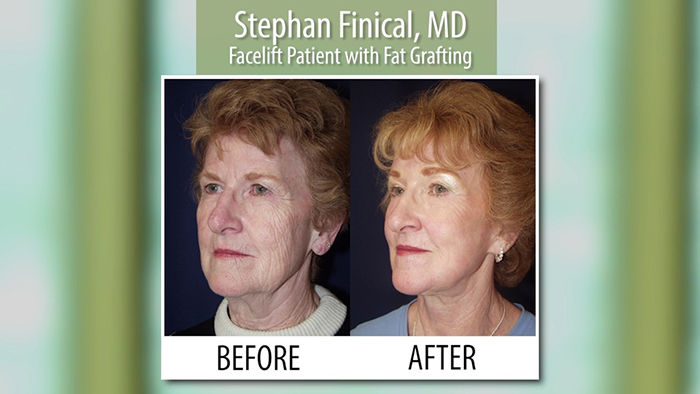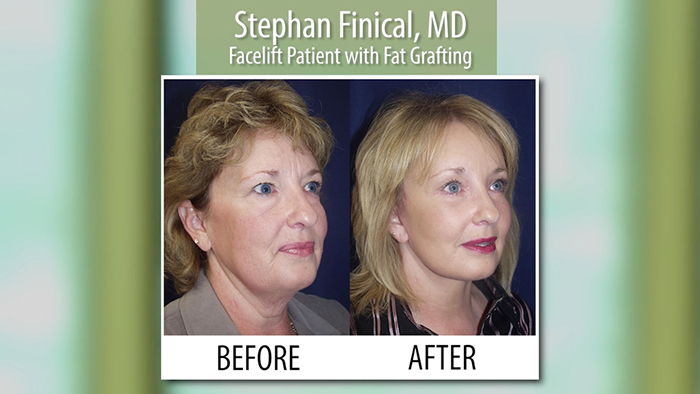It doesn’t matter which plastic surgery procedure you have selected, if you are going to be under anesthesia having work done, you should consider the beauty benefits of adding fat grafting during surgery for several reasons.
Dr. Stephen J. Finical, a board certified plastic surgeon in Charlotte, North Carolina utilizes fat grafting in nearly 100% of facial surgeries done in his practice. “I like to inject fat into the face because it re-volumizes areas of the face that deflate with age. It does with your own tissue what some fillers would do. It has not only the “filling” effect, it also has a rejuvenating effect to the skin.”
by Anne Meyer
and Stephan Finical, MD
The Rejuvenating Effect of Fat Grafting
 Scientists and surgeons are currently studying the cause of the rejuvenation effect seen in areas of the face and body treated with fat grafting. Whether the cause of the rejuvenation is from stem cells present in the injected fat cells is still up for debate.
Scientists and surgeons are currently studying the cause of the rejuvenation effect seen in areas of the face and body treated with fat grafting. Whether the cause of the rejuvenation is from stem cells present in the injected fat cells is still up for debate.
The application for the rejuvenating effects of fat grafting extend beyond the field of cosmetic surgery to patients who have undergone radiation, shares Finical. “We’ve actually found out that injecting fat into radiated tissues also helps rejuvenate radiation damage. Radiation damage has been reversed with fat injection.”
Fat Injections vs. Fillers
Another benefit to fat injections is that some of the volumizing results are permanent. Most fillers, on the other hand, will only last about six months to a year.
The amount of fat injected that remains permanently has increased as fat grafting methods have improved. “Really in the last probably five years is when fat grafting has become a lot more predictable,” Finical explains. “Ten years ago the studies showed that only about 50% of it would be permanent after a year, and now we’re getting a lot better “take” of the fat, and survival, which means the volume is held up.”

New Techniques, Better Results
The idea behind fat grafting has been around for generations. In fact, transferring your own tissues from one part of your body to another began back in the 1800’s when the first skin grafting surgeries were done. So why has it taken all these years to develop the fat grafting procedure to the point is it at today? “The truth of it is, when you’re talking about fat, and trying to maintain that volume, that really has been the tricky thing, because that cell is fairly delicate,” says Finical.

Fat grafting is a complex process. Surgeons first extract or “harvest” the fat cells, which is often done using small cannulas or syringes. Popular harvesting areas are the stomach or the the thighs where excess fat is stored. Surgeons then process the delicate cells without damaging them, by centrifuge. After processing, the fat is injected in a way that minimizes any lumps. “The reason that it is now becoming very popular is that the techniques have been so refined. If you’re going to have a procedure and you’re going to be under an anaesthetic, then your own fat is there and available,” points out Finical.














Facebook
Twitter
Instagram
YouTube
RSS